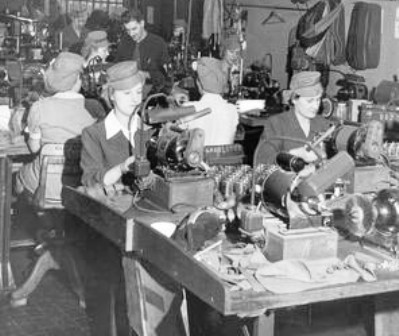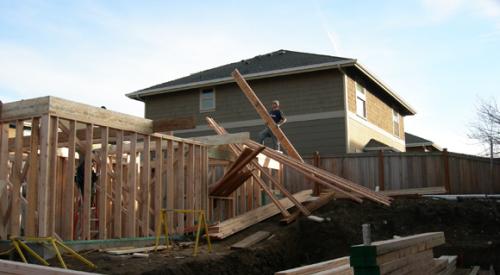Years ago, well after the huge productivity gains of the industrial revolution, employers still sought productivity improvement. In an effort to find these productivity gains, many studies were conducted to find causes and effects of higher productivity.
The most popular study was done at Hawthorne Works between 1924-32, where researchers tinkered with many variables, then measured worker output to see if their tinkering had the desired effect. The most famous experiment involved slowly increasing the lighting – which resulted in higher output, however, this higher output eventually returned to normal levels. Next, the researchers slowly decreased the lighting and low and behold, the productivity again increased. Researchers of the “Hawthorne Effect” determined that almost any change in the work environment had a positive (albeit temporary) effect on productivity. The Hawthorne Effect most certainly does not apply to home building!
Our customer research and satisfaction company has monitored hundreds of home building operations (from Sales through Warranty) over very long periods of time, and can attest that in home building it is usually the reverse - an “Anti-Hawthorne Effect” (AHE). Our data shows that when a home building company makes a significant change to their operations (i.e. new product line, changes of standard specifications, corporate office relocation, new enterprise software conversion, new design centers, out-source warranty, etc.) their customer satisfaction often modestly declines. These declines are temporary until the process change takes root, smoothes out, and starts to produce the desired results.
Why the difference between the Hawthorne Effect findings and the AHE in home building? For one, the tasks are not even remotely similar. The Hawthorne Effect studied routine, fast, simple tasks, in a controlled environment. Home building has a very long duration (regardless of your cycle time), is very complex, requires much more coordination, is not a controlled environment, and most importantly is a team oriented operation! A change to a “simple” process in home building can impact dozens of other workers’ tasks, scheduling, duration, logistics, reporting, etc. Plus, don’t forget, we have a customer intimately involved in the home building process, too!
During the industry down cycle we have seen a lot of builders make significant changes to their operations, like revamping product lines, changing specifications, significant staff downsizing, job consolidations, outsourcing of additional services, etc. These significant changes often resulted in temporary decreases in customer ratings, before the staff and systems smooth themselves out and adjust to the new process. Factors that extend the temporary decreases include the many months to work through the “old” legacy processes, in-process/completed inventory, etc., compounded by the fact that customers’ expectations are even slower to “adjust” than builders and their employees. For example although the “builders’ specifications” may have changed effective May 1st, the models, completed inventory, homes in progress, website, and most importantly, the customer memory banks still retain the “old” specifications.
Our industry is currently being reborn, requiring significant changes throughout most home building operations. These changes may have the temporary unintended consequences of lower customer satisfaction, but just because the ratings may temporarily dip, don’t throw the baby out with the bathwater! By the same token, keep your eyes on the customer ratings as minor declines can be expected, but dramatic or prolonged declines almost always point to a much bigger problem; requiring immediate corrective action. This week’s management meeting question: “Has our company made significant operational changes in the past year, and what effects have these changes had on our customer satisfaction – have we fully recovered from any temporary declines?”
Agree or disagree? Contact me at CharlieS@woodlandobrien.com and follow me at: www.twitter.com/willing2refer.











